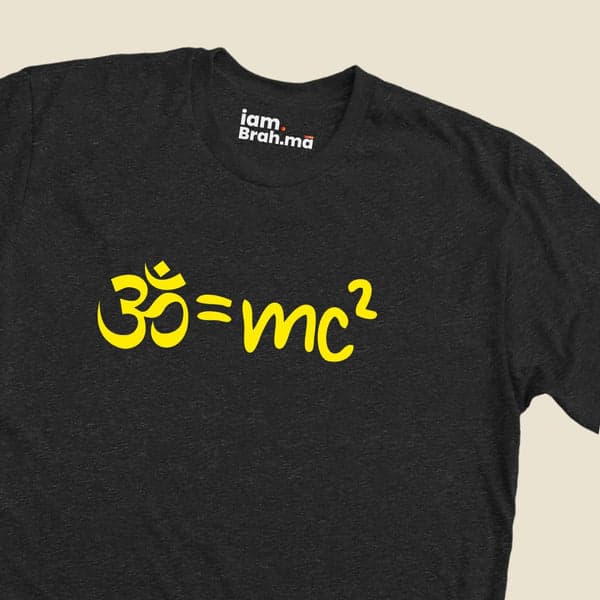Brahmanda Purana
It is listed as the eighteenth Maha-Purana in almost all the anthologies. The text is named after one of the cosmological theories of Hinduism, namely the "cosmic-egg(Bramha -anda). It is among the oldest Puranas, the earliest core of the text may be from the 4th-century CE, continuously edited thereafter over time and it exists in numerous versions. The Brahmanda Purana manuscripts are encyclopedic in their coverage, covering topics such as cosmogony, Sanskara (rite of passage), genealogy, mythology, chapters on ethics and duties(Dharma), Yoga, geography, rivers, good government, administration, diplomacy, trade, festivals, a travel guide to places such as Kashmir, Cuttack and Kanchipuram, and other topics. The Brahmanda Purana is notable for including the Lalita Sahasranam (a stotra praising Goddess as the supreme being in the universe), and being one of the early Hindu texts found in Bali, Indonesia, also called the Javanese-Brahmanda. The text is also notable for the Adhyatma-ramayana, the most important embedded set of chapters in the text, which philosophically attempts to reconcile Bhakti in god Rama and Shaktism with Advaita Vedanta, over 65 chapters and 4,500 verses.
Chapter Description Not Available
Help us improve by contributing the description for this chapter.
Submit via WhatsApp...




